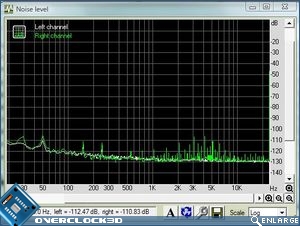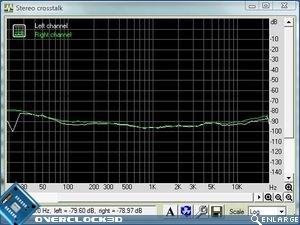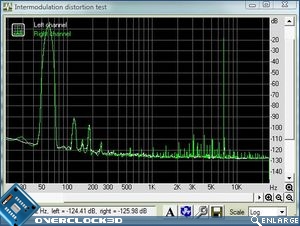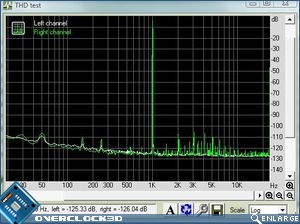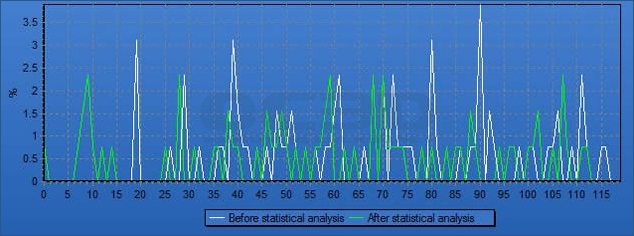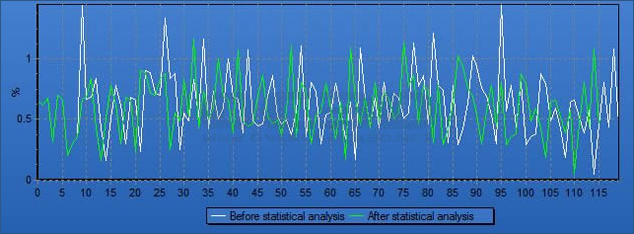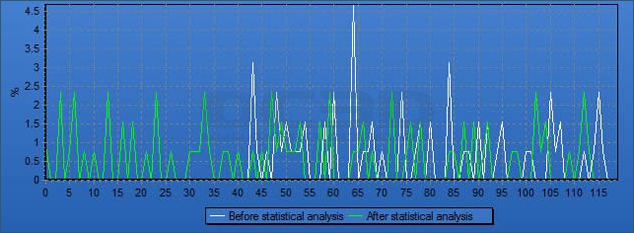Asus Xonar Essence STX – PCI-E Audiophile Soundcard
Test Setup
For the excellent Asus Xonar Essence STX, I used the following PC equipment:
Abit IP35 Pro
4GB OCZÂ ReaperX PC6400 @Â 1000MHz
MSI 8800 GTX
Seagate 7200.10 250GB HDD
Coolermaster Real Power Pro 1000w PSU
Belkin AV Home Cinema Surge Protector – 7 Socket
Asus Xonar Essence STX
Abit IP35 Pro onboard sound (Realtek ALC888 codec)
Auzentech X-Fi Prelude
To bring out the best in the sound card, I have used the following Audio setup:
Denon AVR-1909 AV Receiver
Mordaunt Short 906i Floorstanders (Bi-Amped, silver coated oxygen free copper)
Mordaunt Short 905i Centre Speaker (Bi-wired, silver coated oxygen free copper)
Mordaunt Short 905i Bipole Rears (300 strand oxygen free copper)
Additional Cabling:
Tacima CS929 6 Way Mains Conditioner
IXOS XHD208-300 Toslink Digital Optical Audio Cable
IXOS XHA215-300 2 RCA to 2 RCA Stereo Audio Cable
I managed to grab an Auzentech X-Fi Prelude to match against the sound quality of the Xonar Essence STX. Whilst this is more of a ‘gamers’ sound card, I feel it represents the closest card that the market has to offer for sound quality.
Rightmark
Rightmark is an audio analyser designed for testing the quality of analogue (and digital) paths of audio devices. The results are obtained by playing and recording test signals passed through the tested audio path by means of frequency analysis algorithms. – Rightmark.
CPU Utilisation
Here we see how much of an impact using the Xonar’s software based emulation has on the CPU. Results are again provided by a Righmark piece of software, this time Rightmark 3D Sound CPU Utilisation test.
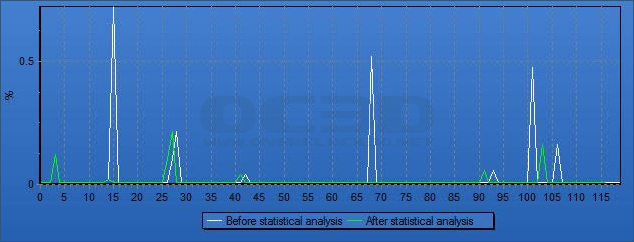
(CPU Utilisation set at 16-bit/44.1KHz-128 buffers)



